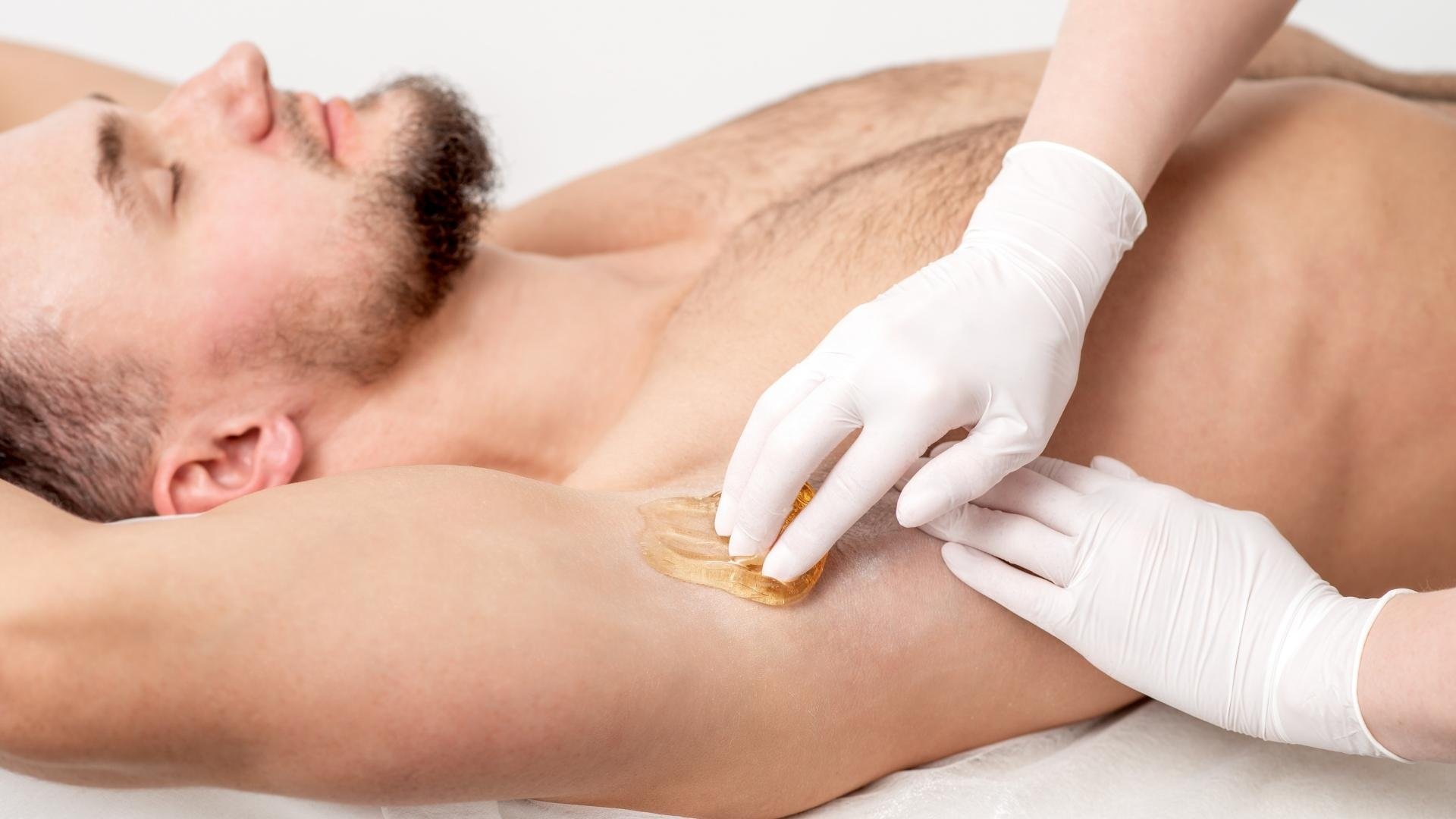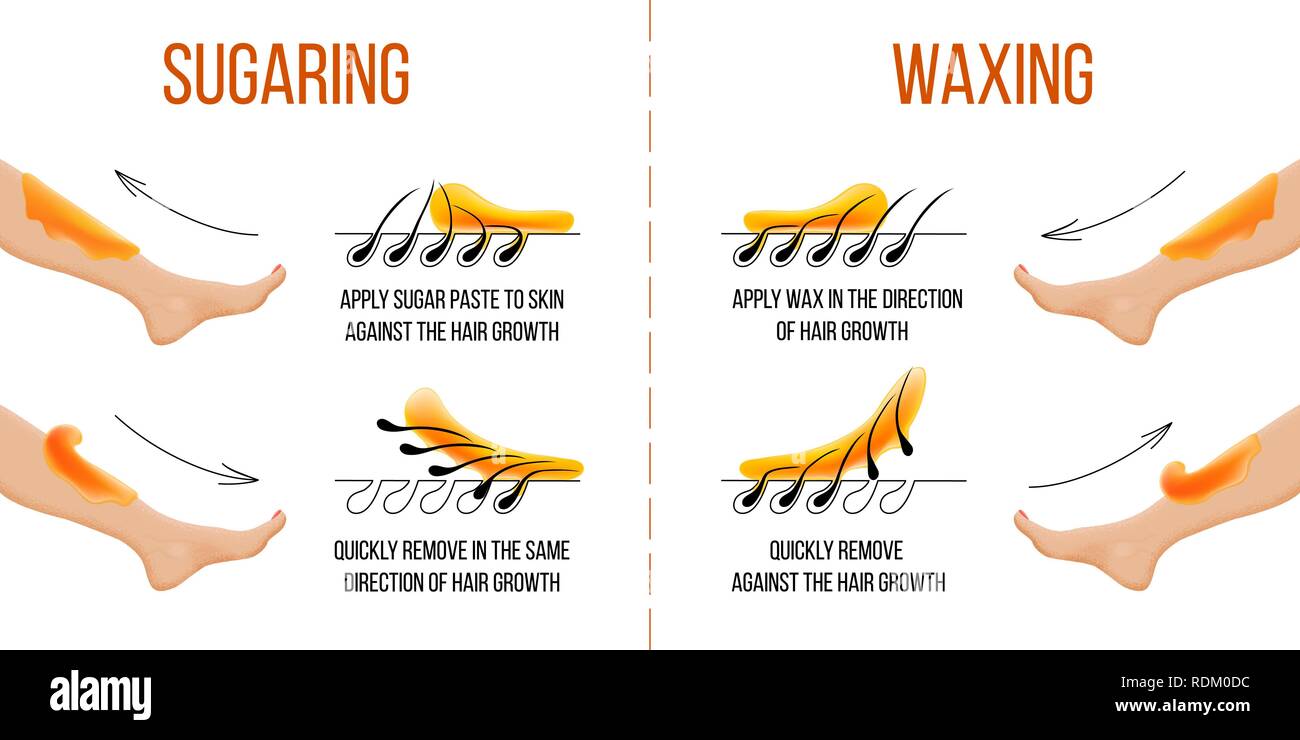Blog Article
Introducing the Top Waxing Techniques for Durable Hair Removal Results

In the world of hair removal, waxing stands as a time-tested method understood for its effectiveness in accomplishing smooth, hair-free skin. Nonetheless, the secret to successful waxing exists not just in the act itself yet in the strategies used before, during, and after the procedure. By recognizing the nuances of pre-waxing prep work, choosing the suitable wax type, guaranteeing the hair is of sufficient length, understanding the application strategy, and following up with proper post-wax care, one can unlock the secrets to lasting outcomes. These leading shaving methods assure not just hair-free skin but likewise a smooth and renewed skin.
Pre-Waxing Preparation
To ensure optimal results and decrease discomfort during the waxing procedure, appropriate pre-waxing preparation is essential. Before any type of waxing therapy, it is important to thoroughly clean the skin to get rid of any dust, oils, or creams that might interfere with the wax's bond. Exfoliating the skin carefully a day or two before the consultation helps to remove dead skin cells, enabling the wax to hold the hair better. In addition, it is recommended to avoid sunlight direct exposure and warm therapies, such as warm showers or saunas, promptly before waxing, as this can make the skin more delicate and vulnerable to irritability.
Additionally, it is vital to make sure that the hair is the appropriate length for waxing. If the hair is too short, the wax might not be able to hold it correctly, leading to incomplete hair removal.

Selecting the Right Wax Kind
Picking the ideal kind of wax is vital for achieving efficient and resilient hair elimination outcomes. There are numerous types of waxes readily available out there, each dealing with various skin types and hair structures. Comprehending the differences in between them can assist you choose the right wax for your needs.
One typical type of wax is soft wax, which is commonly utilized with cloth strips for larger areas of the body. This type of wax is perfect for sensitive locations like the swimsuit line and face, as it holds the hair much more than the skin, decreasing pain (Laser Hair Removal).
In addition, there are likewise sugar waxes and wax strips readily available for at-home use. Sugar waxes are known for being gentler on the skin, while wax strips supply benefit and convenience of use. Consider your skin level of sensitivity, hair density, and the targeted body location when selecting the ideal wax type for your waxing needs.
Proper Hair Length for Waxing
For reliable waxing outcomes, ensuring the correct hair size is necessary to attain ideal hair elimination. The ideal hair size for waxing is commonly about 1/4 to 1/2 of an inch long. Hair that is also brief might not adhere well to the wax, making it testing to get rid of, while hair that is too long can cause raised pain during the redirected here shaving procedure and may cause uneven removal.
When hair is also short, the wax may not be able to grasp the hair properly, causing insufficient hair elimination and the demand for even more constant waxing sessions. On the various other hand, hair that is too long can boost the risk of breakage rather than clean removal from the origin. This damage can result in ingrown hairs and a shorter time structure before the hair grows back.
To guarantee the most effective shaving experience and results, it is suggested to let your hair grow out to the ideal length before scheduling your waxing consultation - Laser Hair Removal. This size allows the wax to adhere appropriately to the hair, leading to smoother and longer-lasting hair elimination
Application Strategy for Ideal Results

Once the hair is at the optimum size, the application strategy ends up being critical in guaranteeing effective hair removal while lessening pain and inflammation. Applying the wax in the very same instructions as hair growth enables for far better bond to the hair follicles, resulting in a lot more reliable elimination. Understanding the application technique is essential for achieving smooth, durable hair elimination results in waxing treatments.
Post-Wax Look After Smooth Skin
Efficient post-wax treatmentpost-wax care
Moisturizing the skin is one more essential element of post-wax care. Making use of a gentle, alcohol-free moisturizer aids to keep the skin nurtured and moistened. Aloe vera gel can also be beneficial in relaxing the skin and minimizing soreness or inflammation post-waxing. Exfoliating the skin gently a few days after waxing can help prevent in-grown hairs and maintain the skin smooth. Lastly, it is suggested to stay clear of sun direct exposure immediately after waxing to avoid skin damage and hyperpigmentation. By complying with these post-wax treatment ideas, you can keep smooth, healthy and balanced skin and prolong the effects of your waxing treatment.
Conclusion
To conclude, adhering to appropriate pre-waxing preparation, picking the proper wax kind, making certain the correct hair size, using the wax method correctly, and complying with post-wax care instructions are important steps in accomplishing durable hair elimination outcomes. By adhering to these techniques diligently, individuals can experience smoother and hair-free skin for an extended amount of time.
If the hair is too brief, the wax might not be able to grasp it properly, leading to incomplete hair elimination.For effective waxing outcomes, guaranteeing the appropriate hair length is crucial to attain optimal hair elimination. Hair that is also short might not adhere well to the wax, making it challenging to eliminate, while hair that is too long can trigger boosted pain throughout the shaving process and may result in unequal removal.
When hair is as well short, the wax might not be able to grip the hair efficiently, leading to insufficient hair removal and the requirement for more regular shaving sessions. Using the wax in the very same direction as hair growth allows for better attachment to the hair follicles, resulting in a lot click here to find out more more efficient removal.
Report this page





































